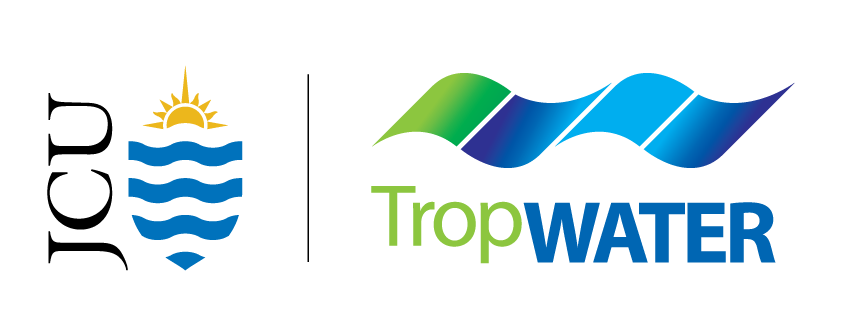
Great Barrier Reef
Location
Traditional Owners have a deep connection to the Great Barrier Reef, with dugongs holding strong cultural significance for many people.
This program provides a platform for a two-way knowledge exchange including providing a safe space to listen to Traditional Owners sharing knowledge about dugongs, and for scientists to share their findings on dugong health and populations.
The goal is to build healthy foundations for future respectful collaborations to fill key dugong knowledge gaps.
Key points
Dugong Connections
Dugongs hold strong cultural significance
Dugongs hold deep cultural significance for Aboriginal and Torres Strait Islander peoples living along the Great Barrier Reef. Their long-held knowledge of dugong habitats and behaviours is vital for effective management.
Since the 2000s, dugong monitoring projects in the Great Barrier Reef have primarily relied on aerial surveys and imagery to track population numbers and distribution. While this provided robust science, it offered limited opportunities for engagement with Traditional Owners and for communities to share their knowledge about dugongs.
Building strong collaborations with Traditional Owners is key to reshaping the way we approach dugong research, monitoring, and management. Their insights, involvement, and leadership are essential for a more holistic and effective management strategy that respects both cultural and ecological sustainability.
Strengthening connections between scientists and Traditional Owners
This project brings together Traditional Owners of the Great Barrier Reef and dugong experts from TropWATER to share knowledge on dugong ecology, population health, threats, cultural significance, and sustainable management.
Activities focus on building respectful, long-term partnerships that combine Indigenous and Western Knowledge systems to support dugong conservation across the Great Barrier Reef.
Step 1: Regional connections
Between May and July 2025, workshops in Gimuy (Cairns), Gurrambilbarra (Townsville), and Yipun (Yeppoon) brought together 24 Traditional Owner groups with TropWATER scientists.
Co-developed with attendees and an independent facilitator, each workshop created a safe and respectful space to share knowledge and identify priorities for dugong research and management. These workshops set the foundation for ongoing collaboration.
Step 2: One-on-one connections
Following the workshops, TropWATER scientists are holding follow-up discussions with each Traditional Owner group. These conversations, online, in Gurrumbilbarra (Townsville), or on Country, are shaped by each group’s priorities and protocols. The aim is to co-develop engagement activities that are flexible, tailored, and responsive to community needs.
Step 3: Delivery on Country
Based on these priorities, TropWATER scientists are collaborating with Traditional Owners to deliver engagement activities on Country. Each activity’s format and delivery are guided by the needs and input of each group. To date, these activities have included:
Updates on dugong science (regional or Country-specific), with the possibility of including turtle and seagrass knowledge.
Education and outreach programs for school students and communities.
Dialogues to co-design future research and capacity-building on dugong ecology, health, and behaviour, drawing on both Indigenous and Western Knowledge systems.
Some groups are building on established long-term partnerships with TropWATER, while for others this is the first step towards future collaboration.
Project details
This project is led by Dr Christophe Cleguer, with support from Dr Melanie Hamel, Dr Emily Webster, and Luisa Schramm. The Dugong Connections Project is funded by the partnership between the Australian Government’s Reef Trust and the Great Barrier Reef Foundation.
'Dugong Connection' artwork by Robert Paul.



Research support

Christophe Cleguer
Principal Research Officer – Marine Megafauna Group Leader
Research leads









